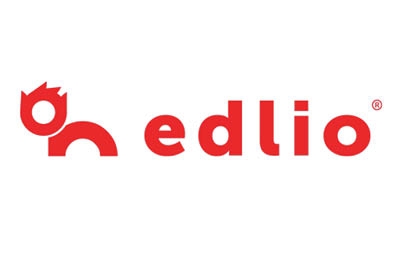Managing communications can be a big job, but through a combination of outsourcing and sharing responsibility internally, districts can be ready for even the deepest crises.
Through decades in district communications, I’ve seen our ability to reach stakeholders more effectively blossom, from websites to mobile devices to social media. But with all those new channels has come the responsibility for managing them. How can a communications director effectively control the firehose of information without getting bogged down in website maintenance or constantly responding to a plethora of social media accounts? At the Sheldon Independent School District, we manage through a combination of outsourcing what we need to and sharing responsibility internally where we can.
Outsourcing the Website
Once upon a time, maintaining a district website was optional. It was a nice thing to have, a way to be on the cutting edge. These days, however, it’s a necessity. Families expect to be able to find information there, such as our code of conduct, dress code, back-to-school information, and board policies. In Texas, as in other states, we have web standards that stipulate a number of things we must include on our website by law, such as posted information about school board meeting notices at least 72 hours in advance, or student health advisory committee policies and procedures.
When I first started working with websites for school districts in the 1990s, not only were they optional, they were pretty basic. We didn’t have a lot of choices as far as services to choose from, and the what-you-see-is-what-you-get design templates didn’t exist. Dreamweaver and open-source options were our best choices in those days.
Managing a district website efficiently with those services required third-party extensions and plugins, however, and as websites became more widespread, so too did attacks on websites, and those third-party add-ons lacked security and became an open door for hackers.


